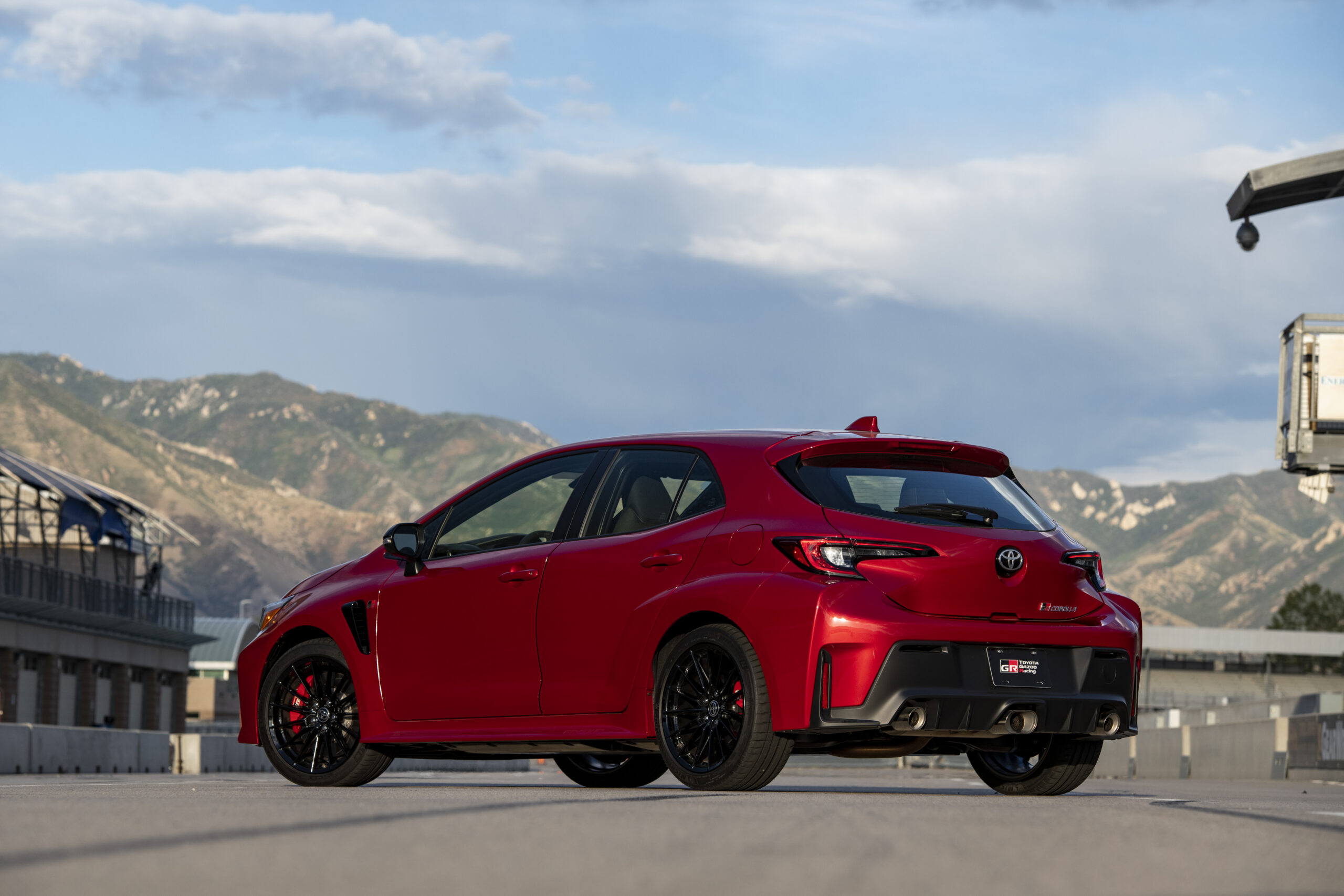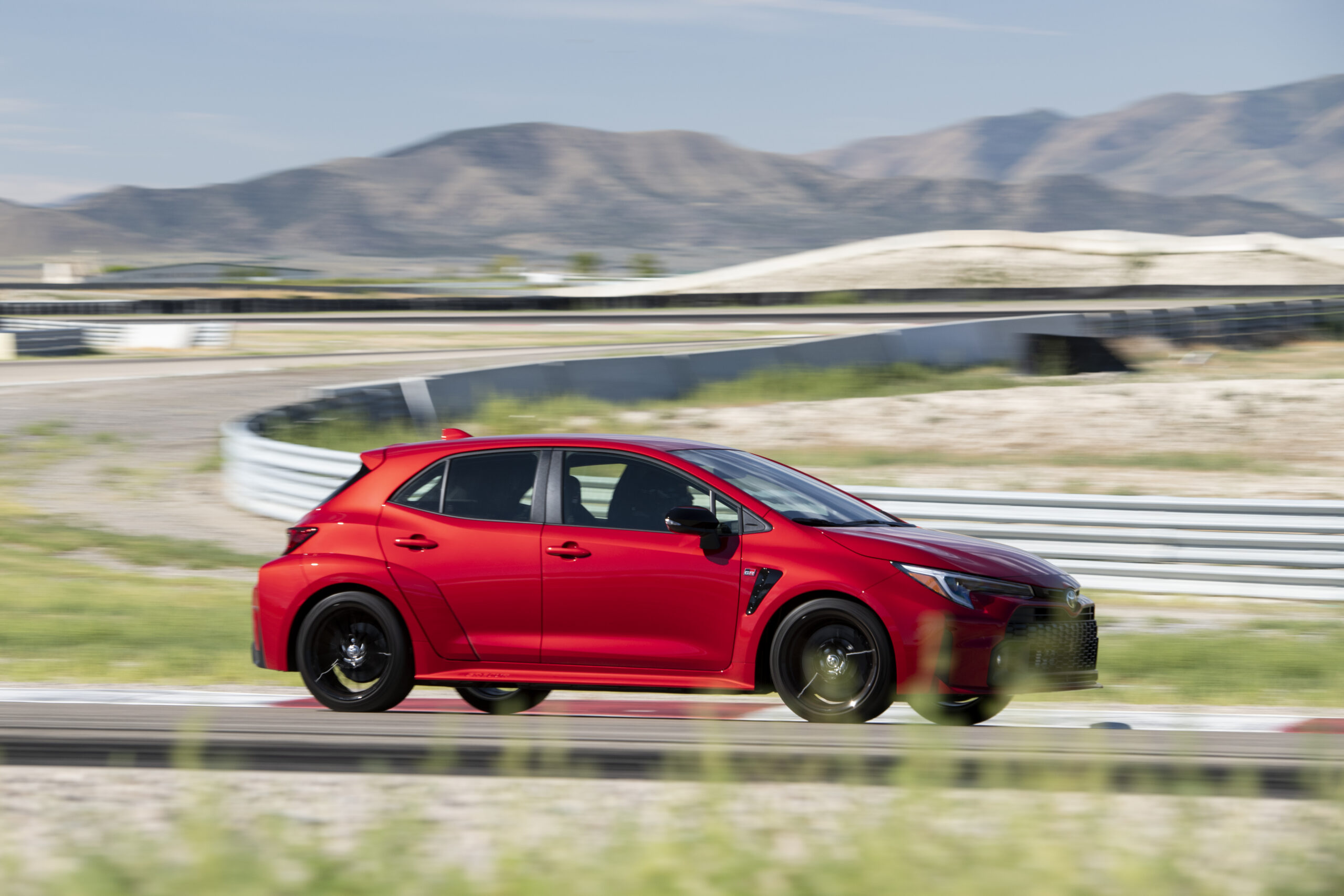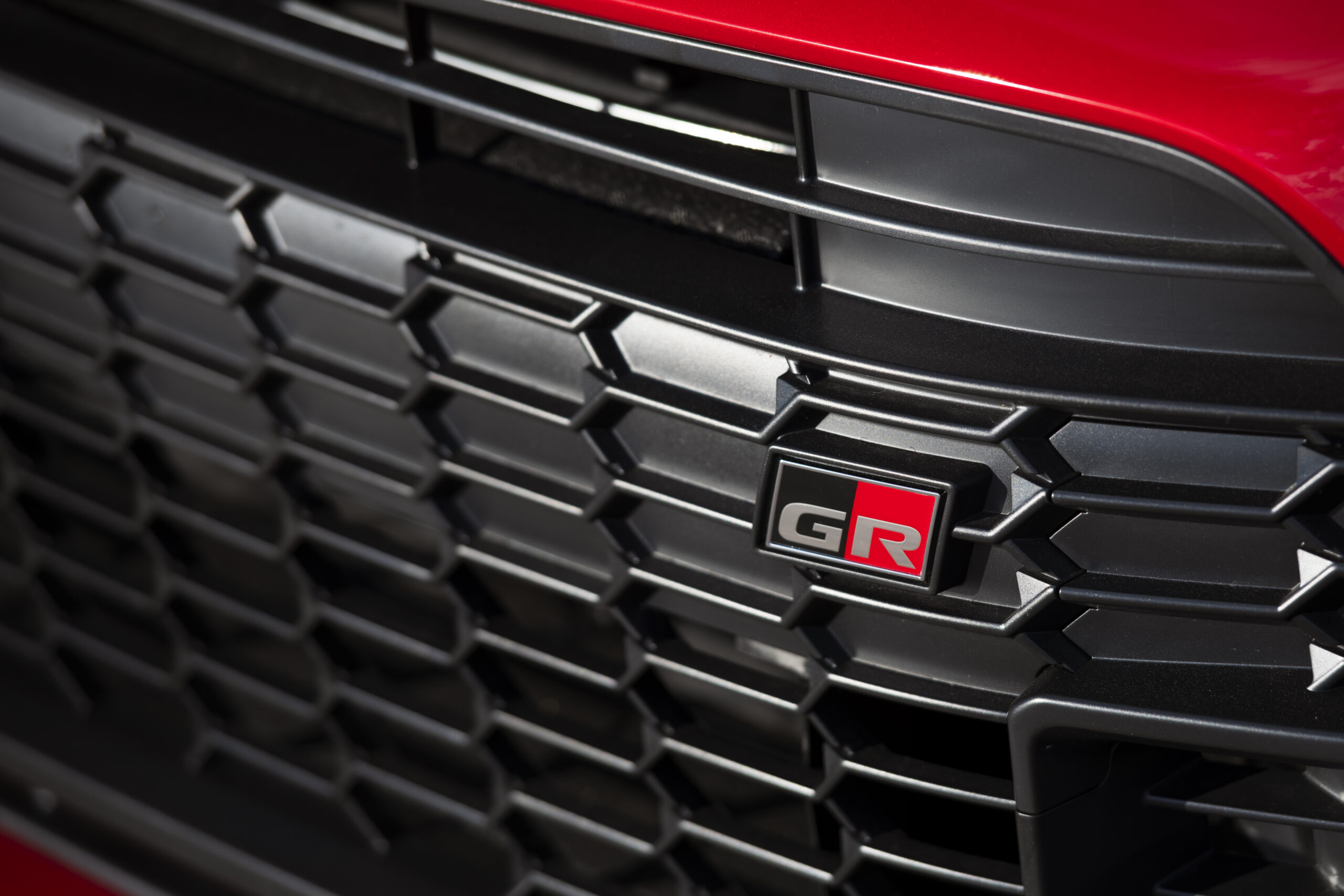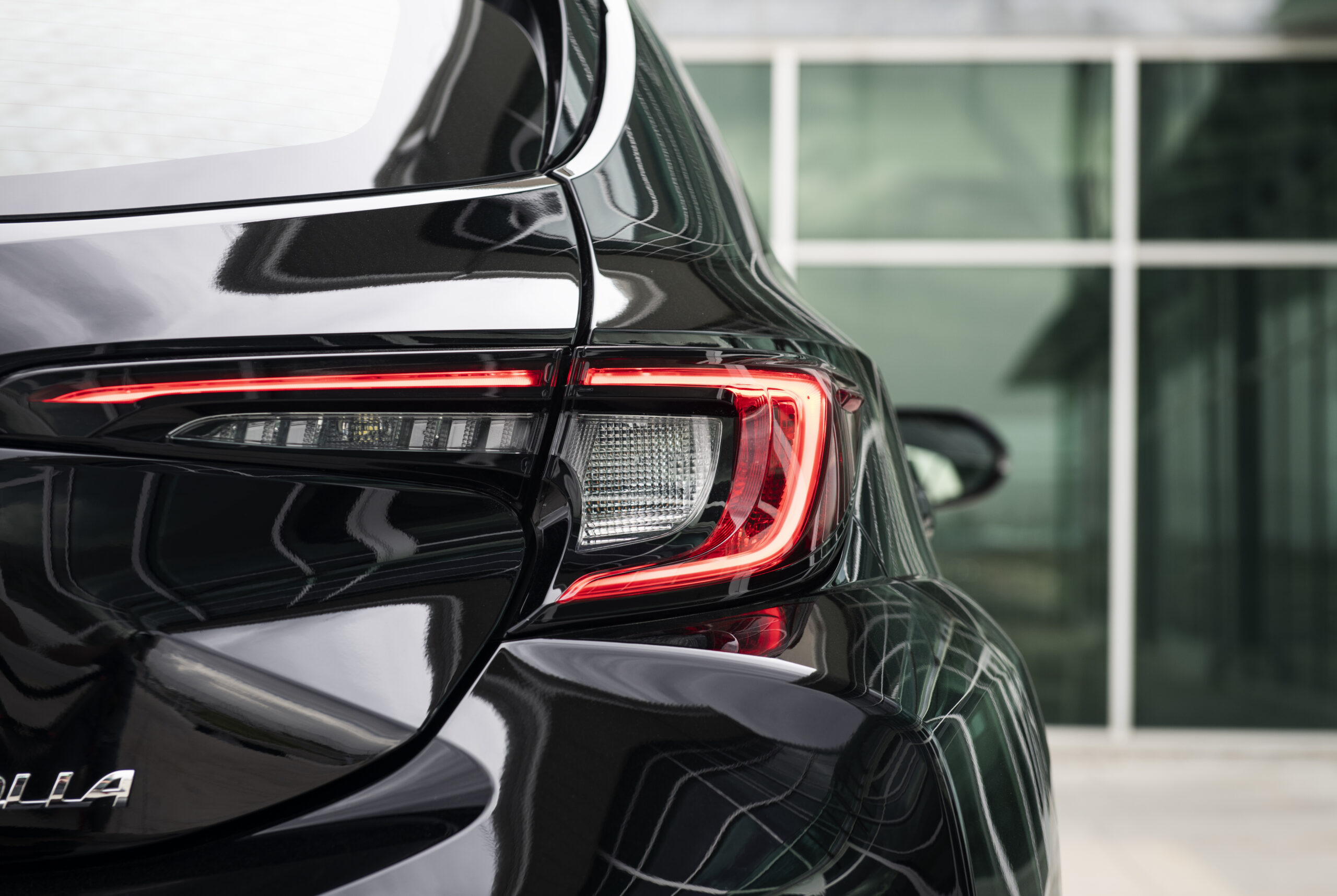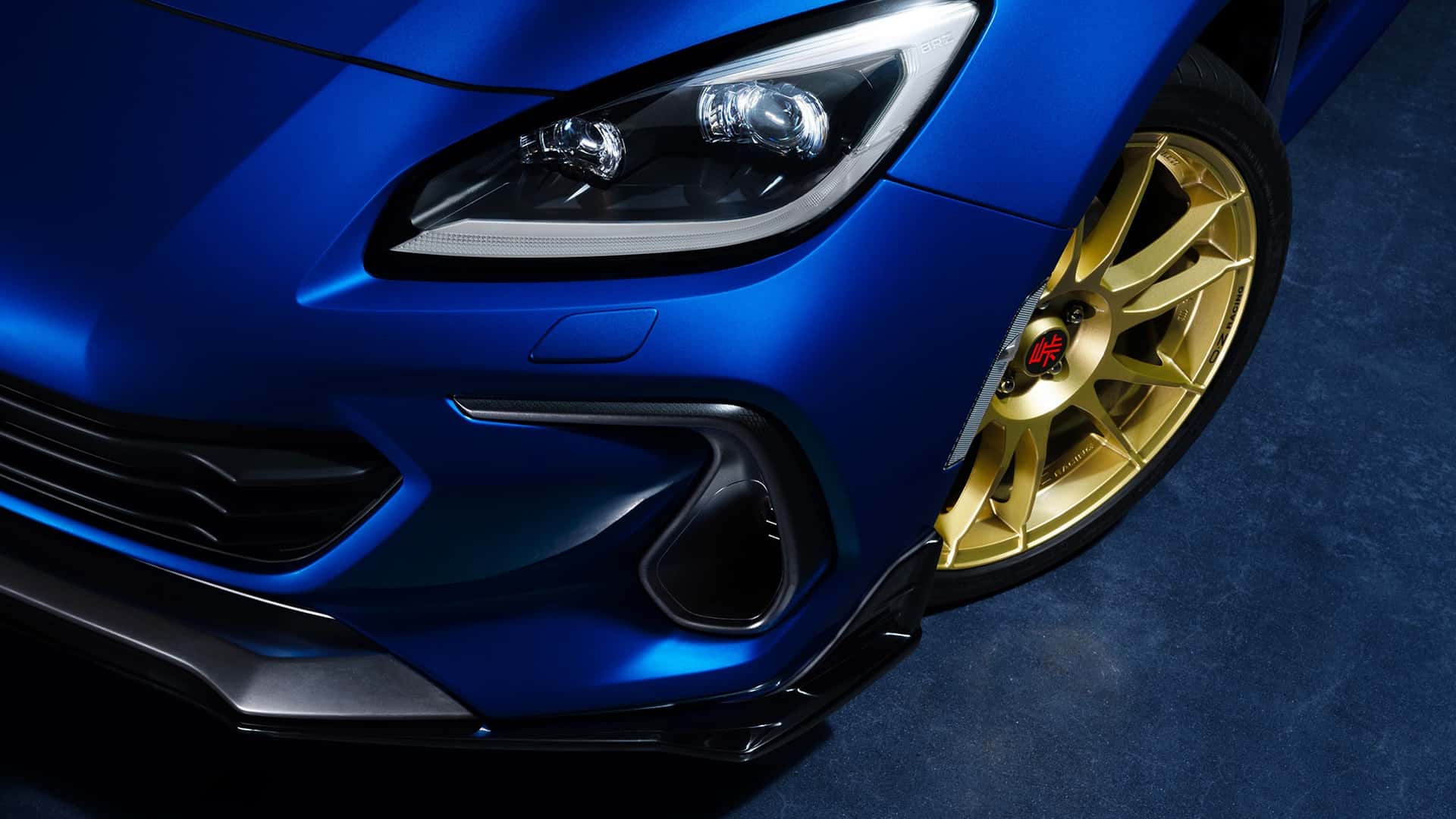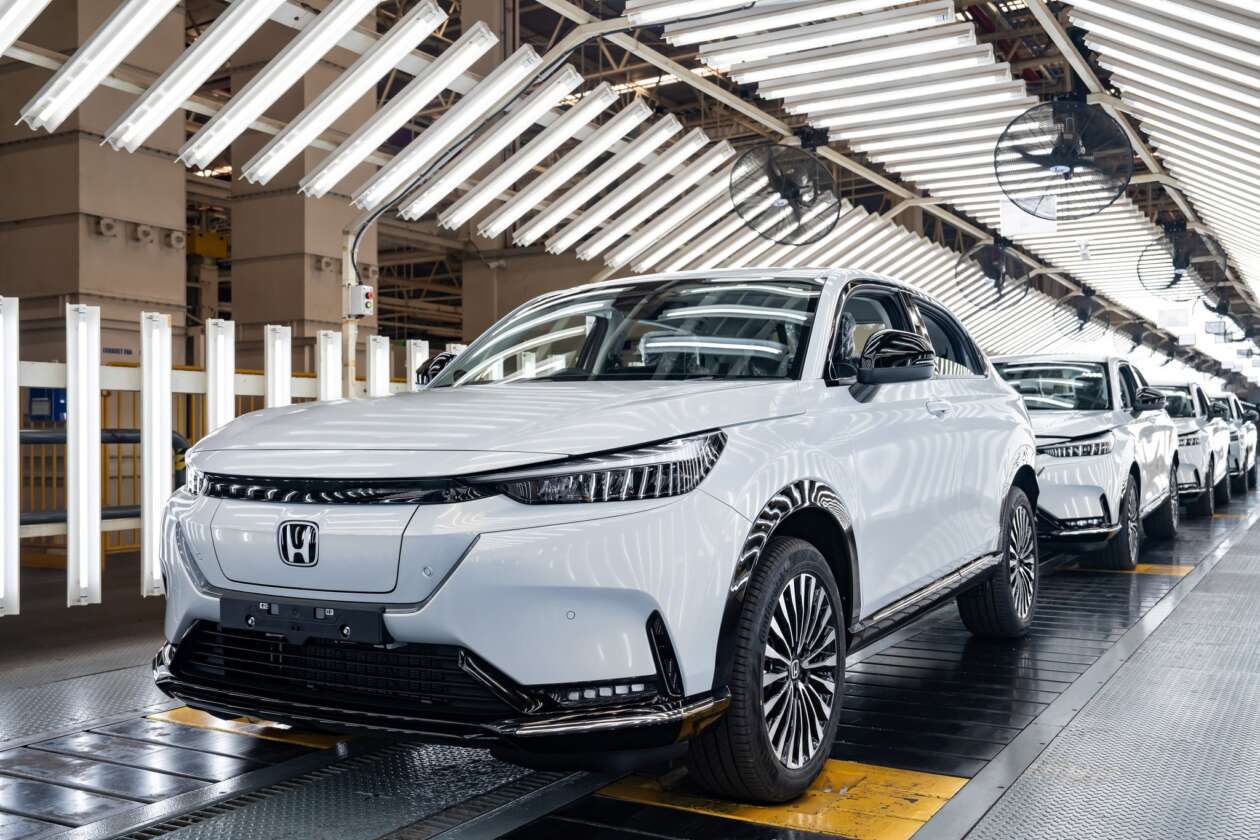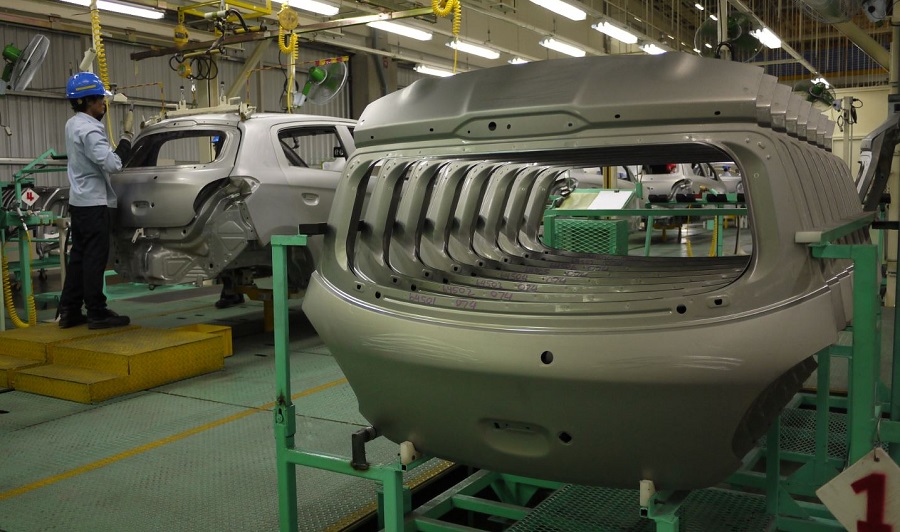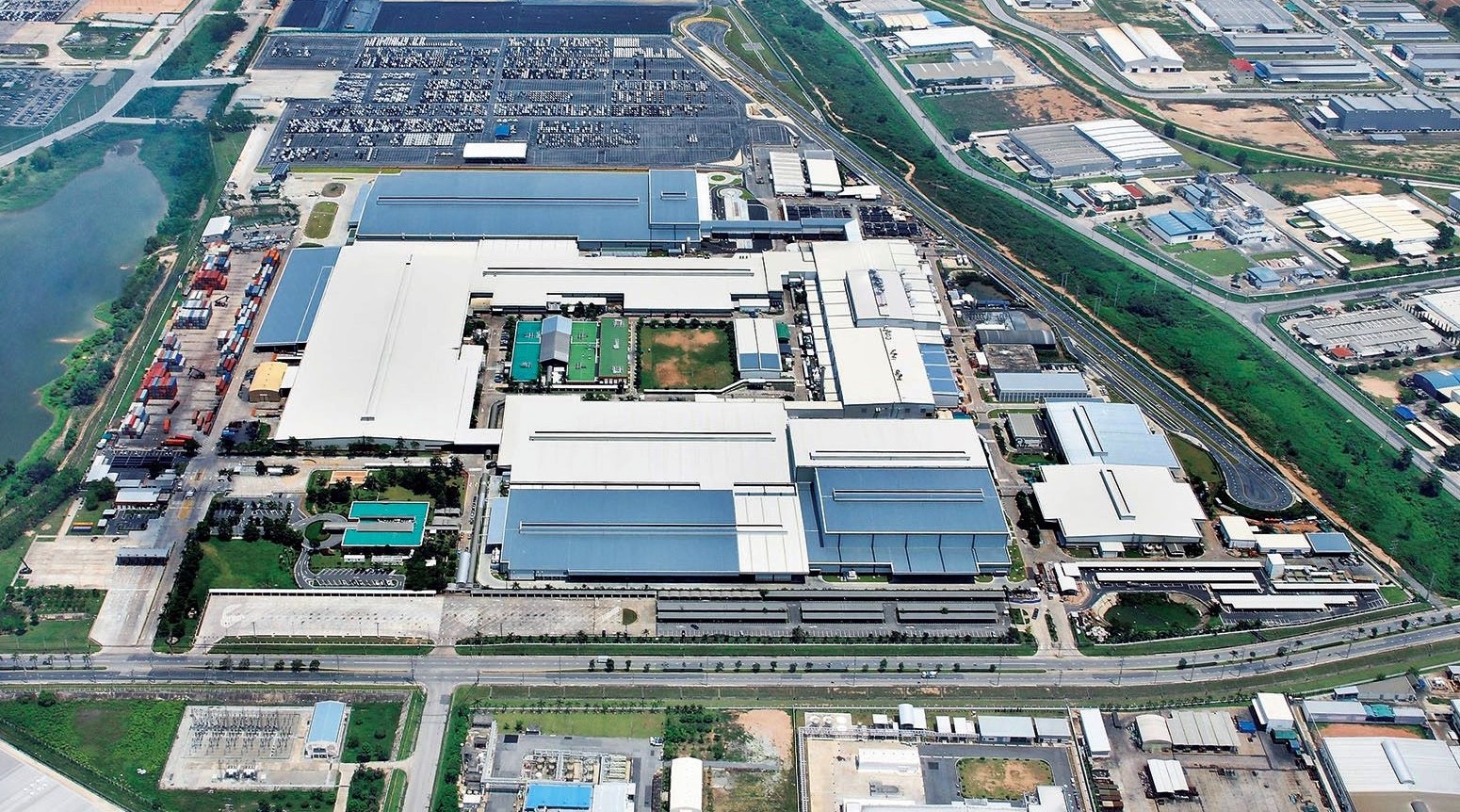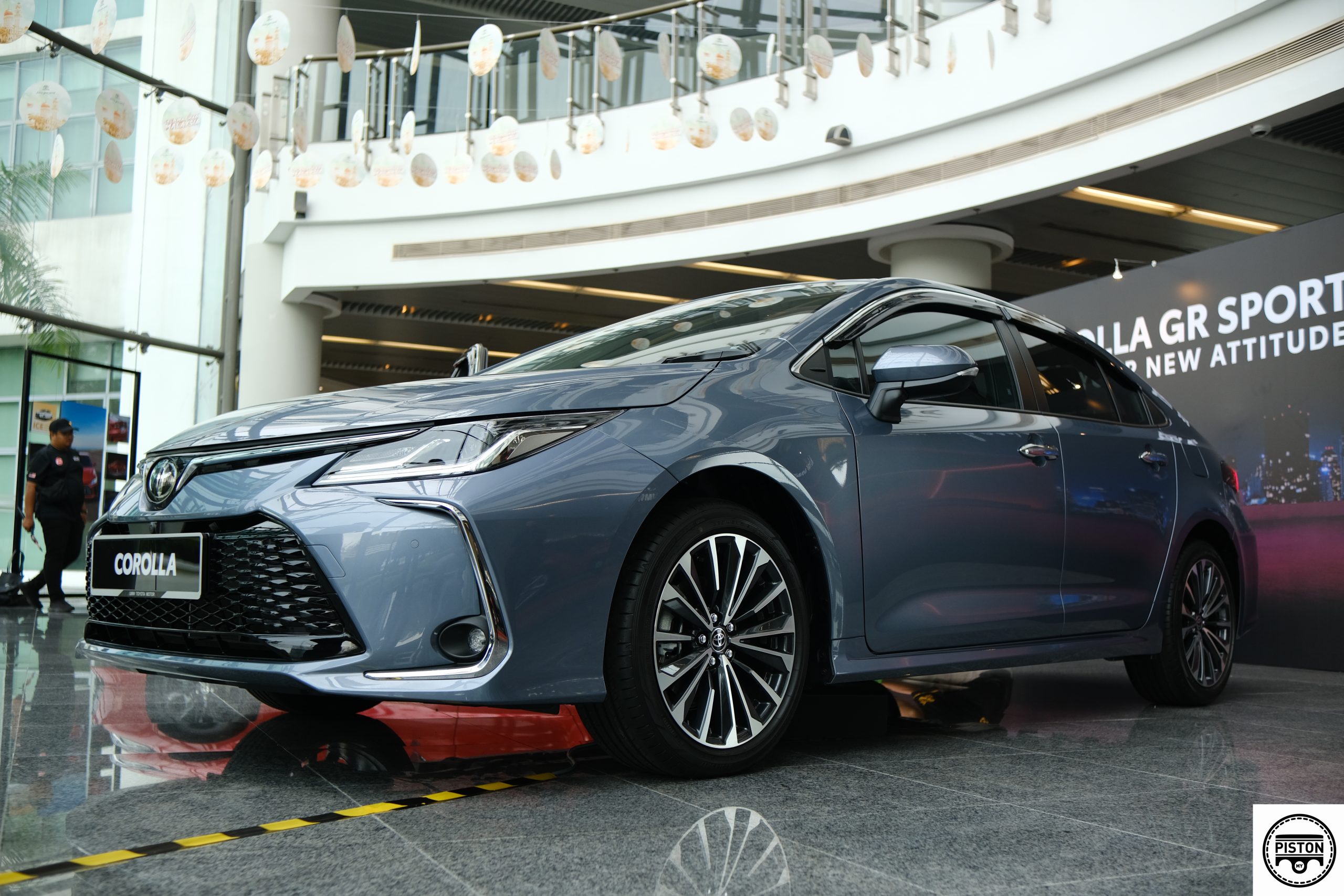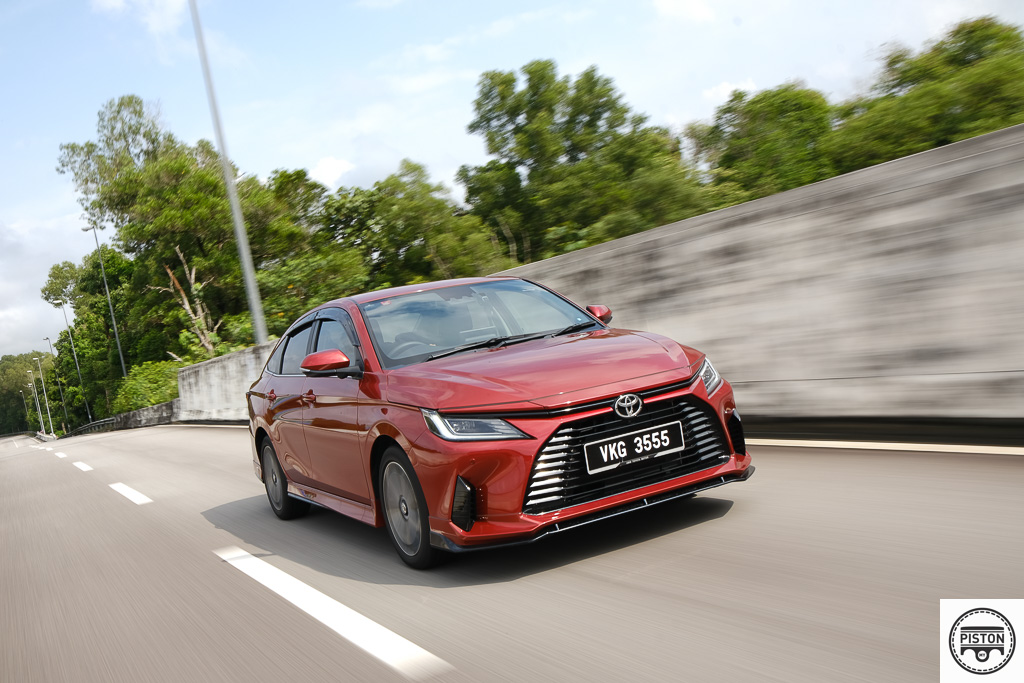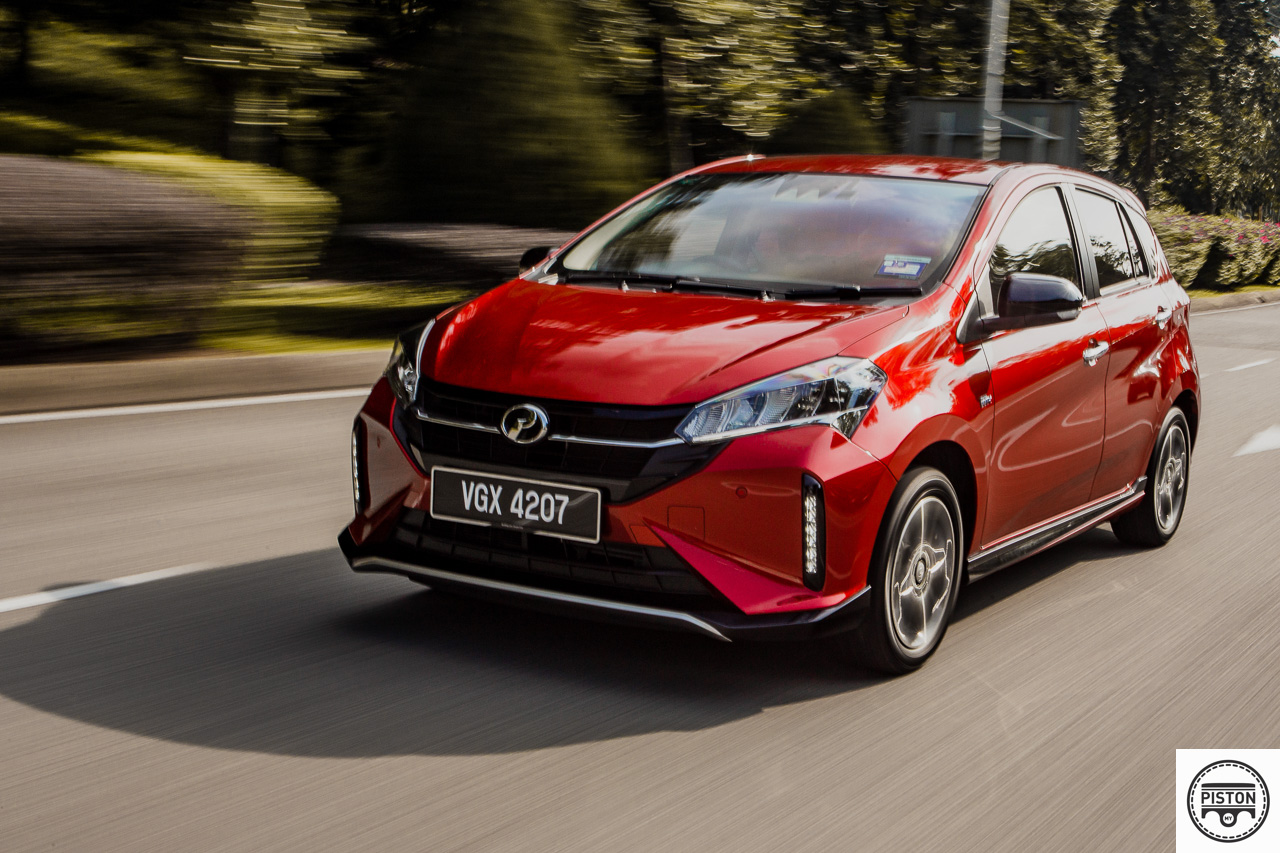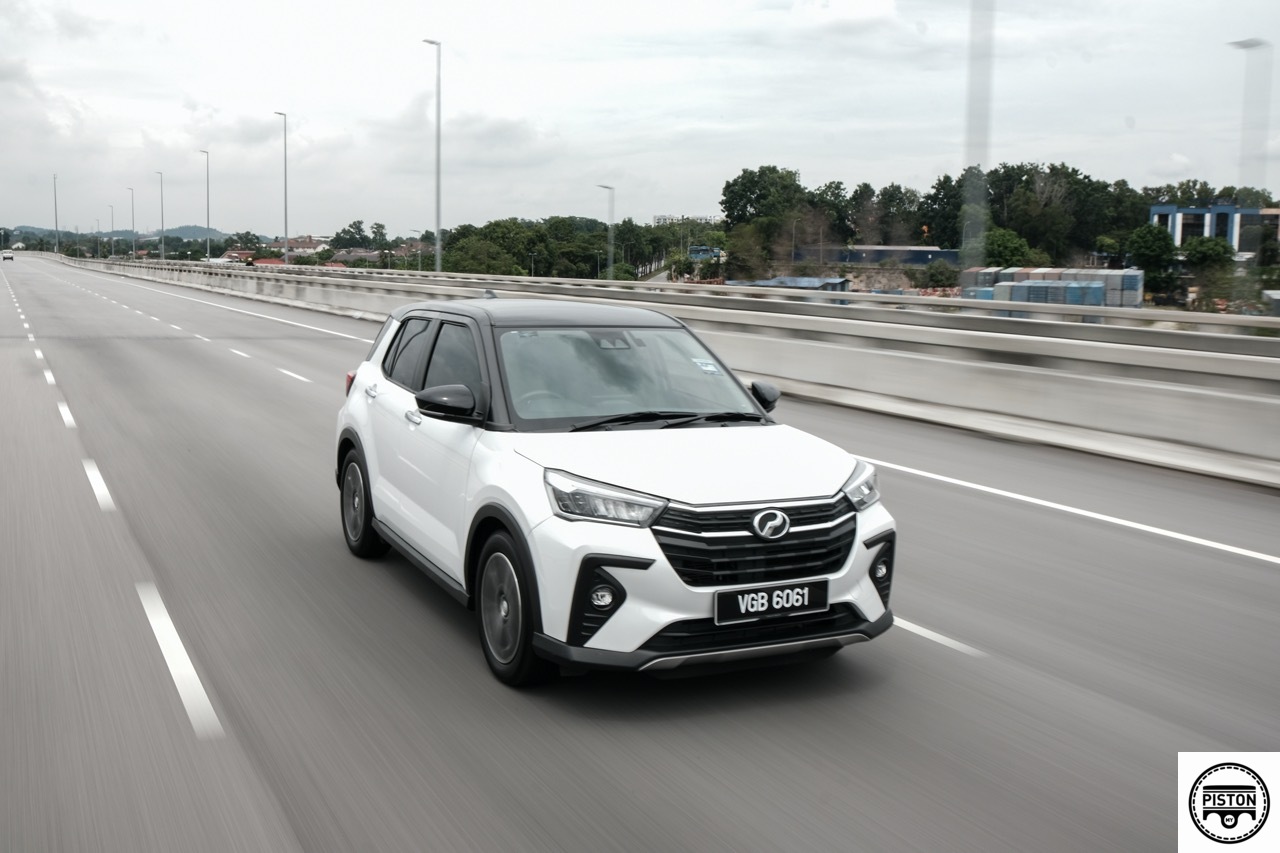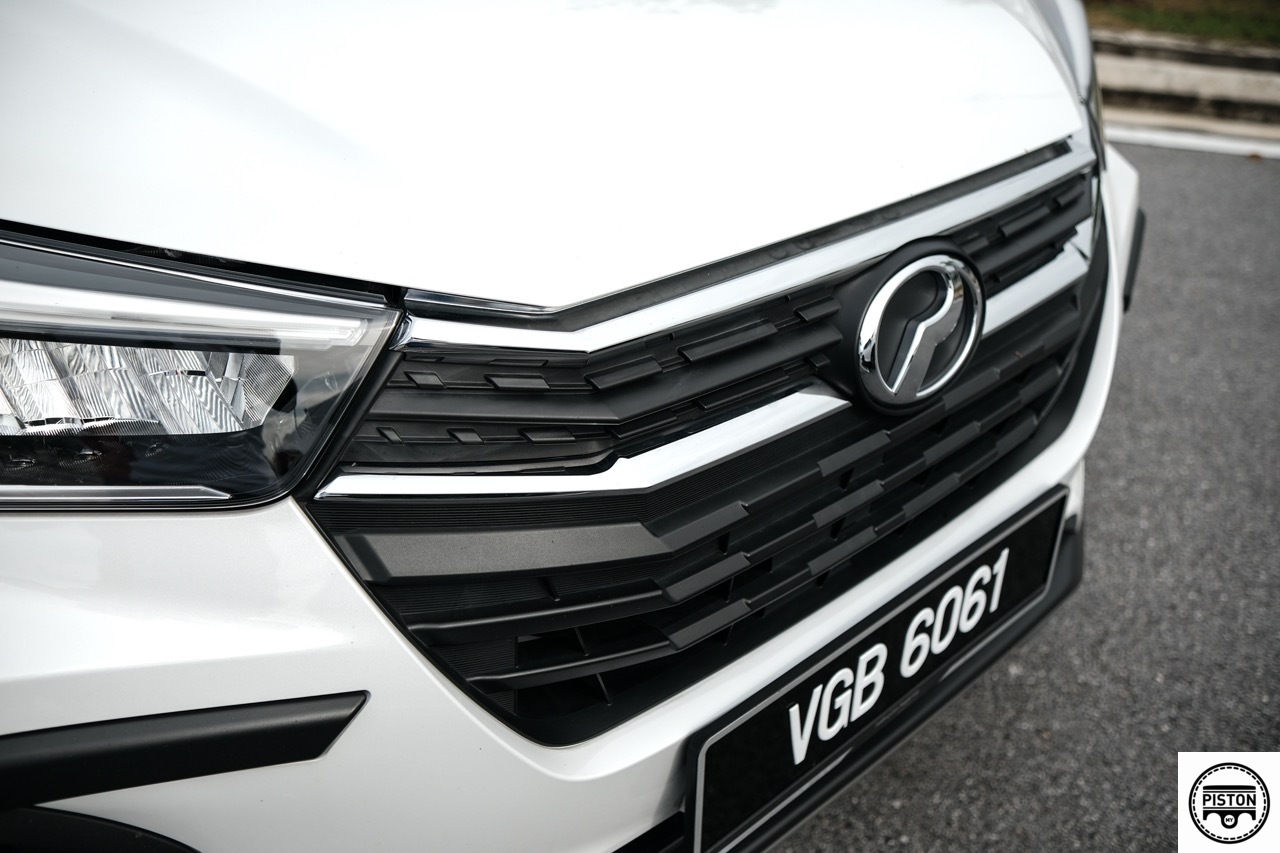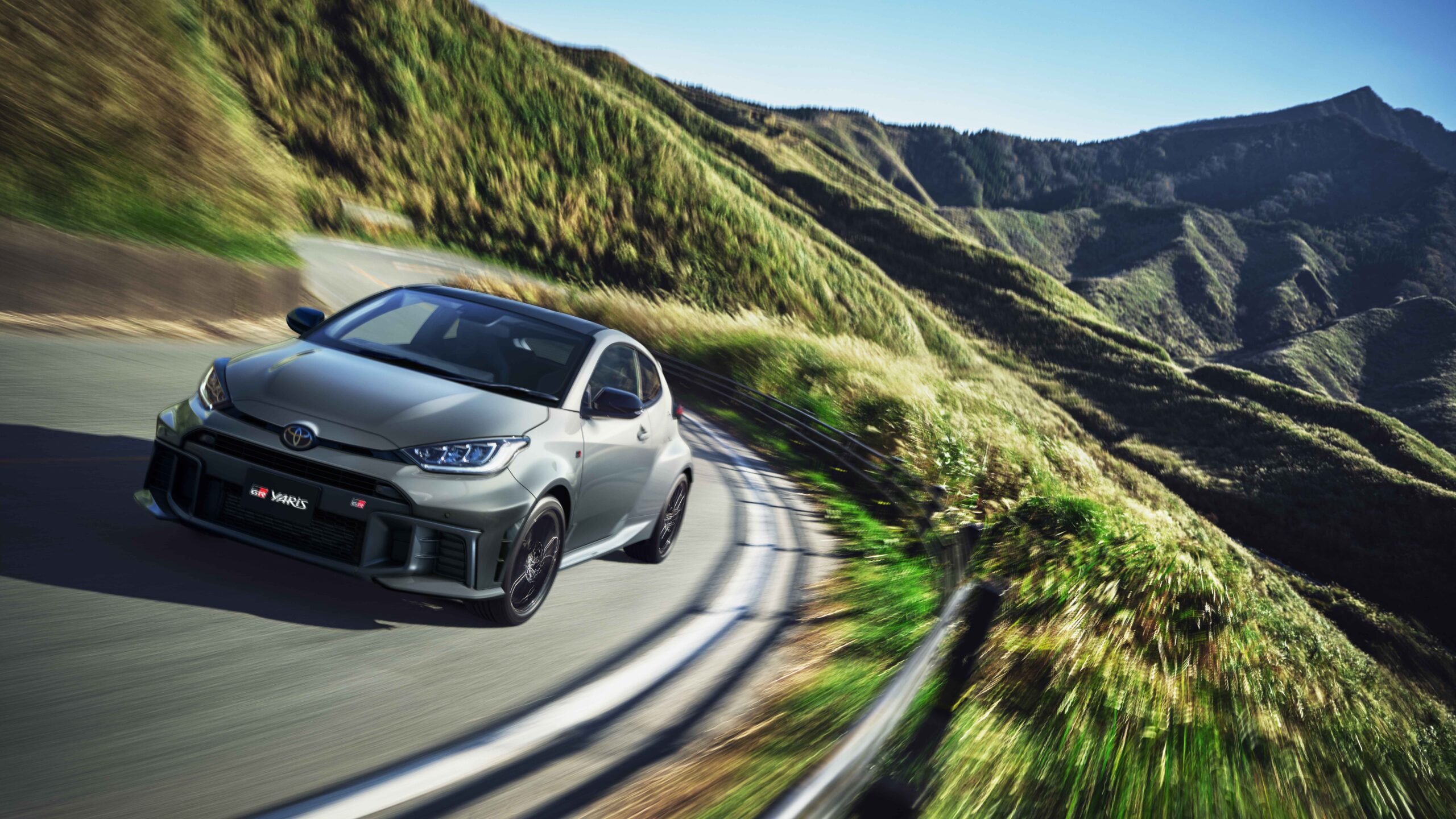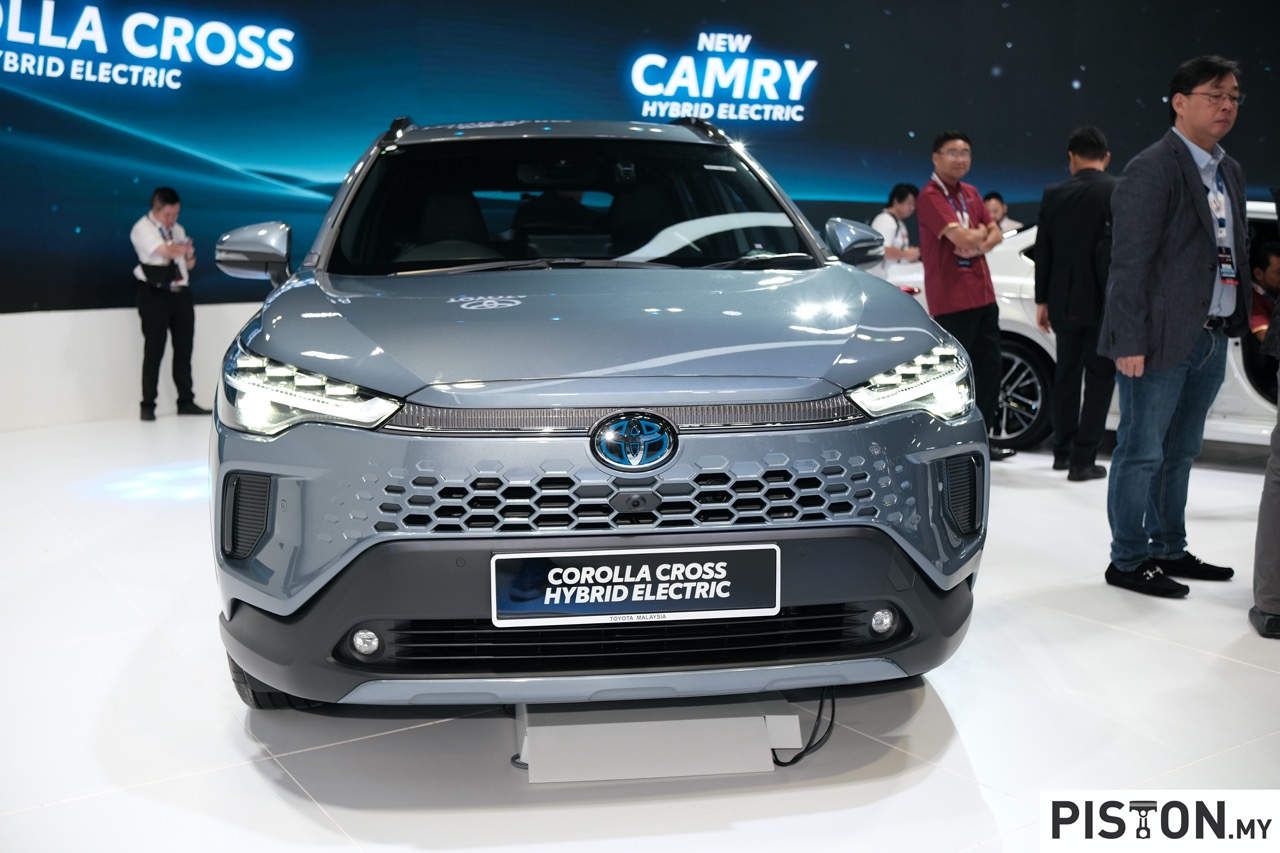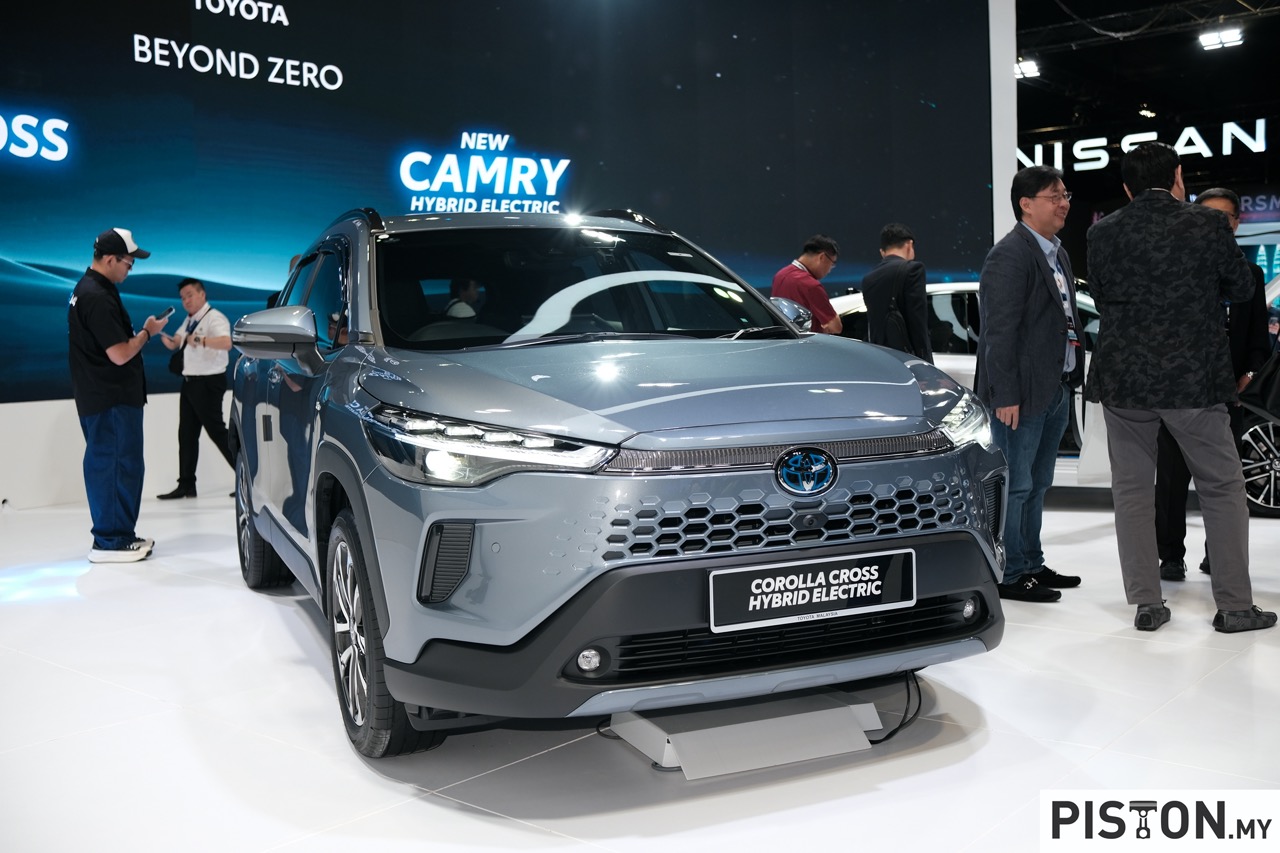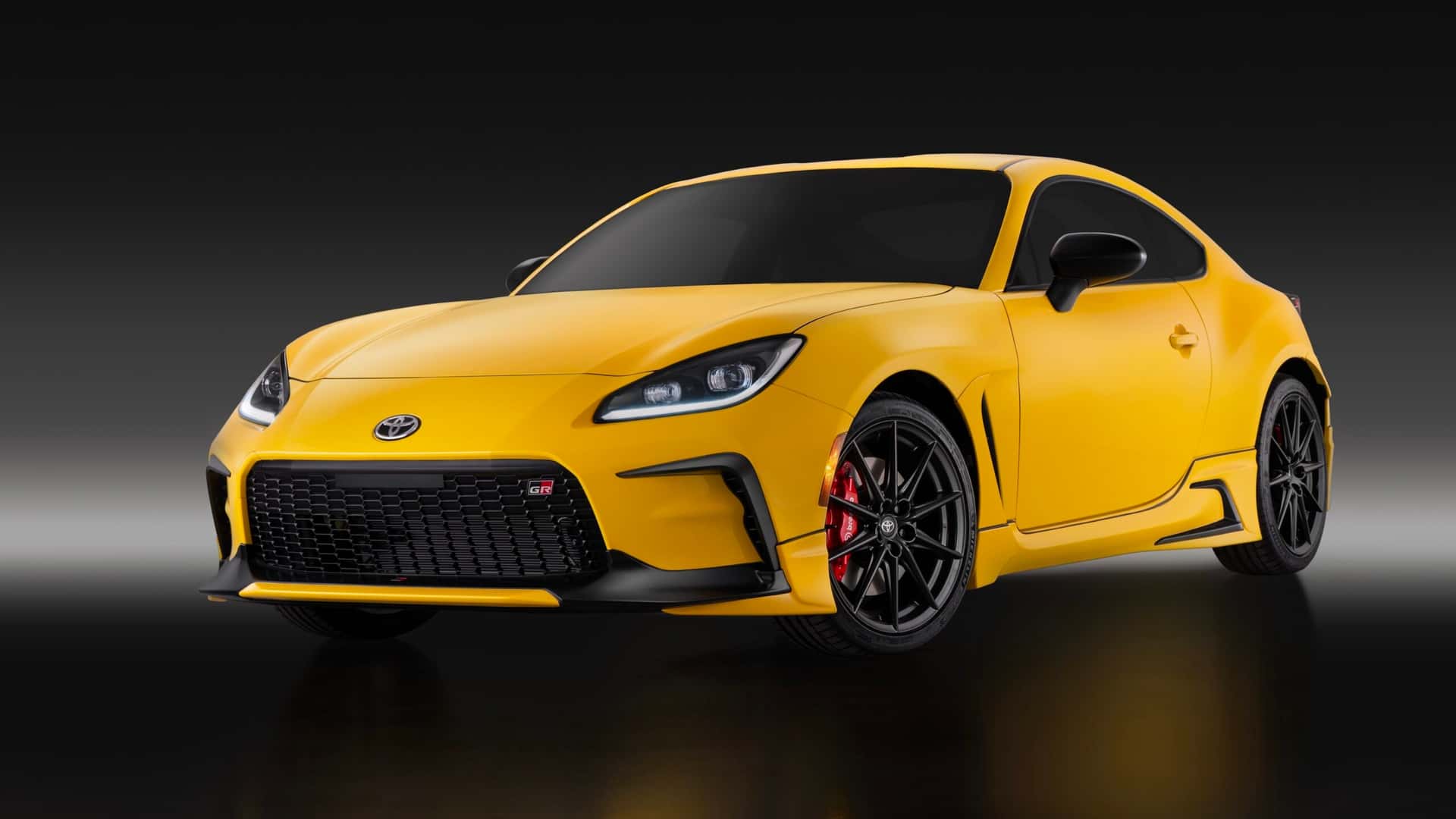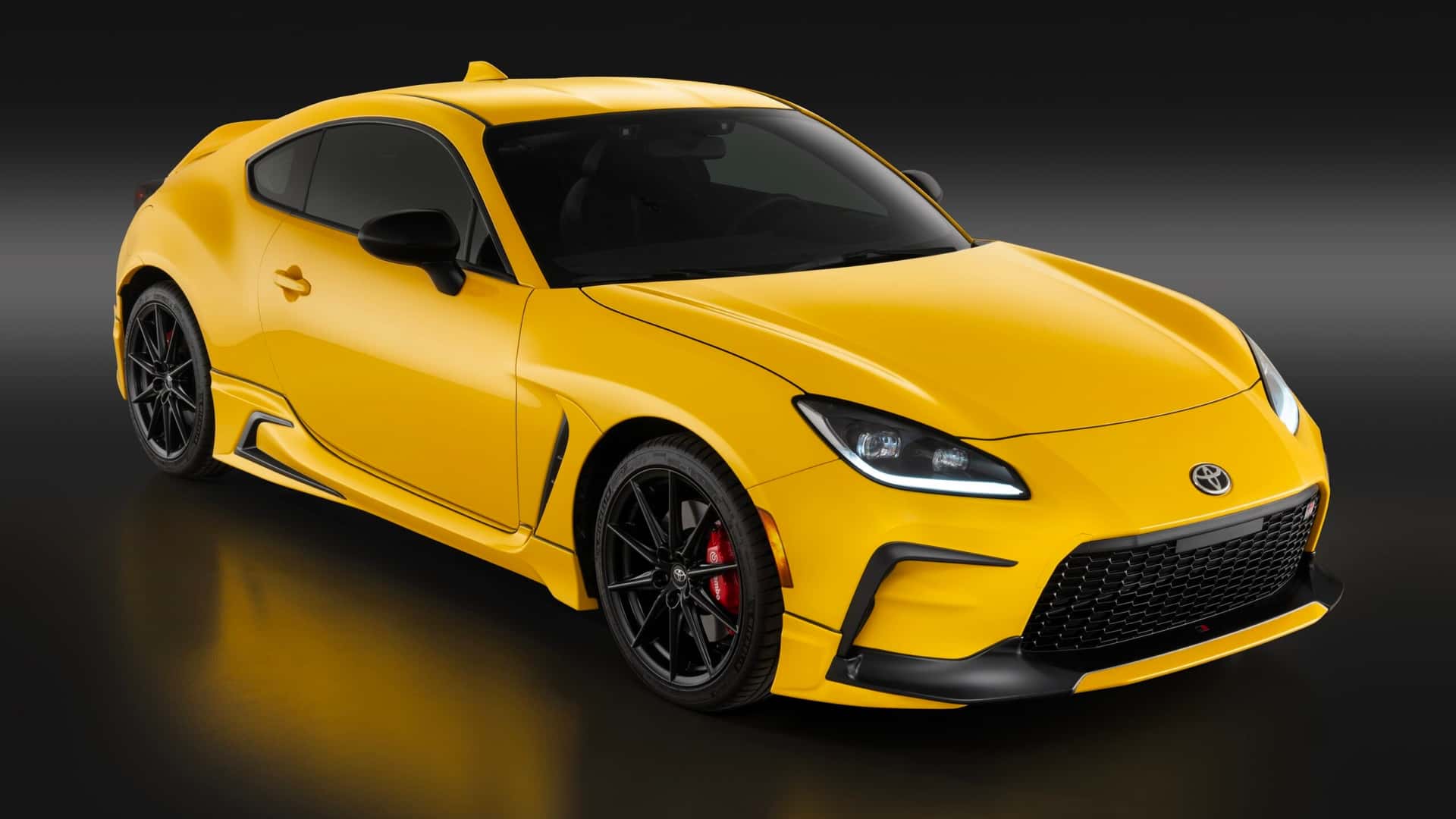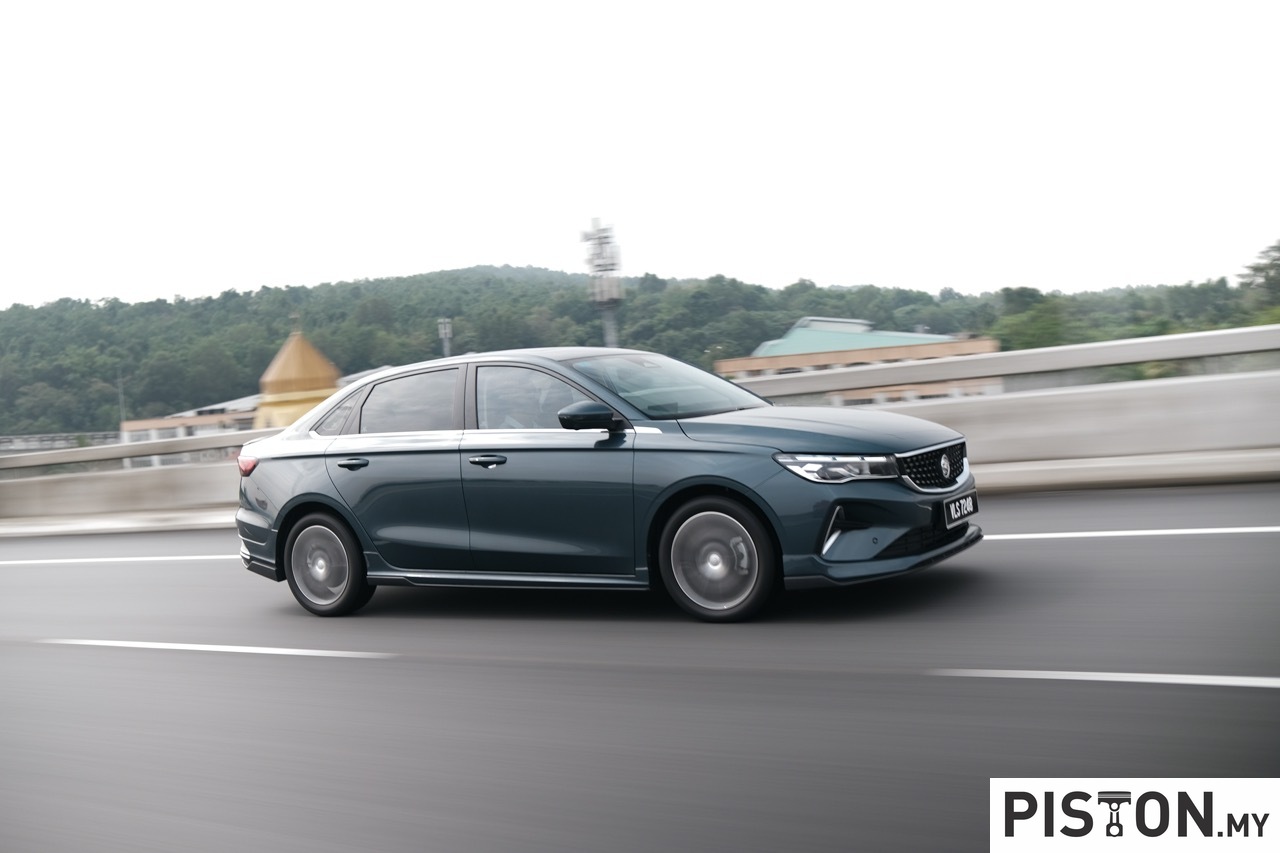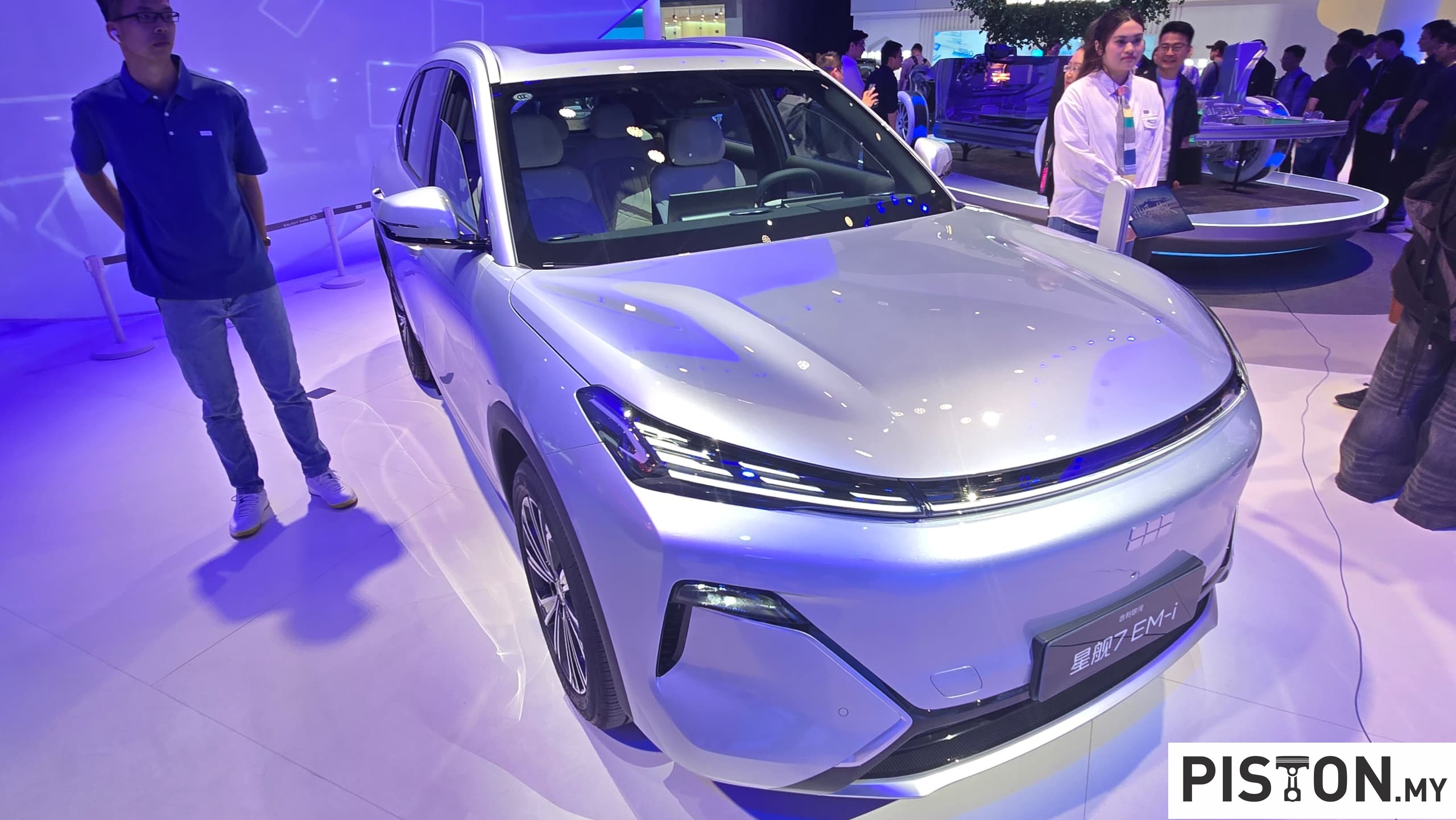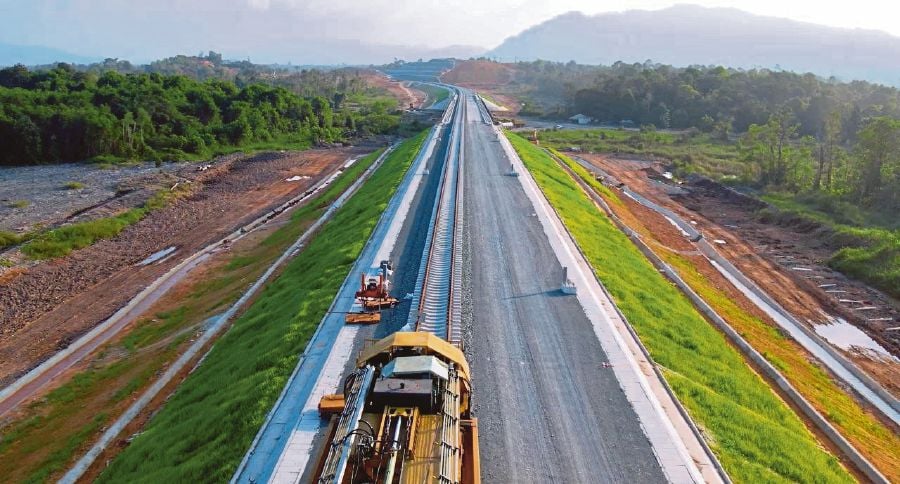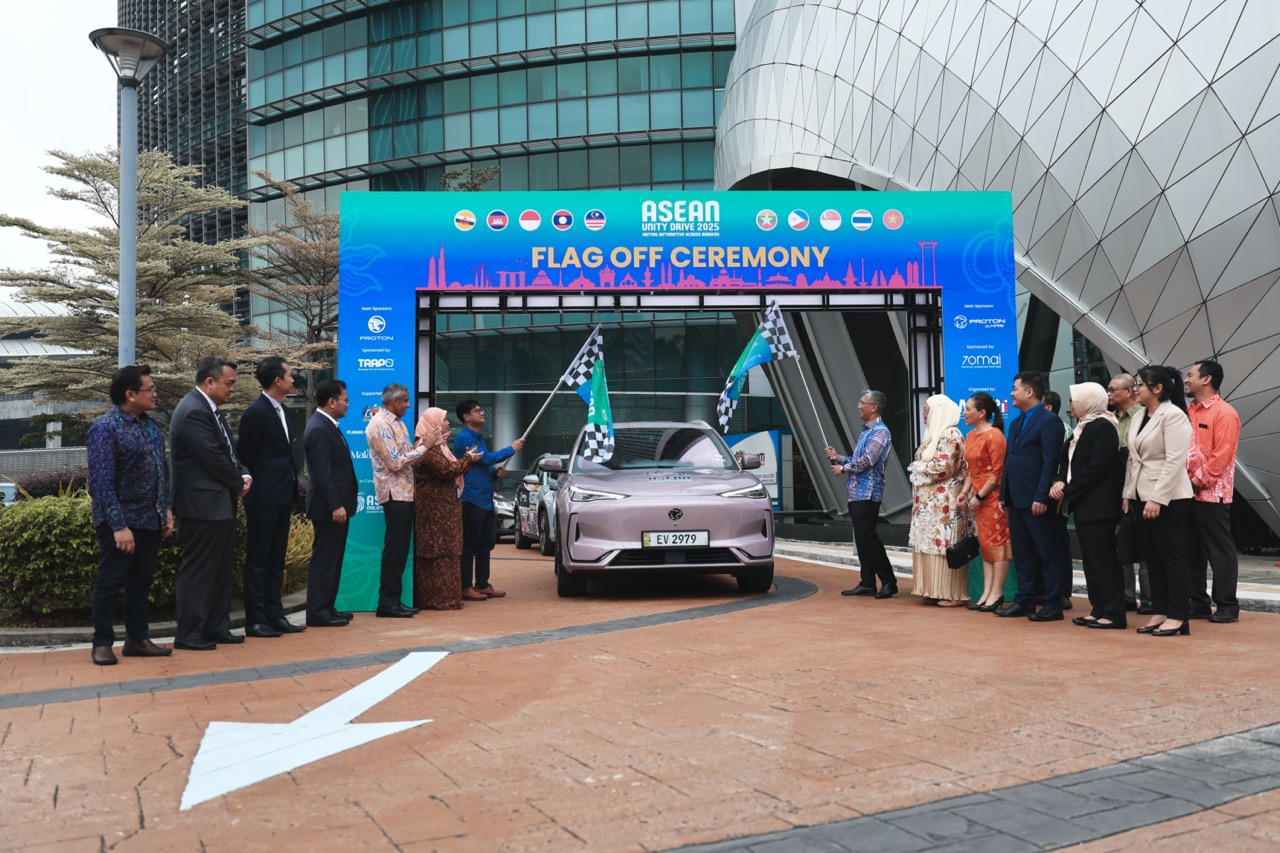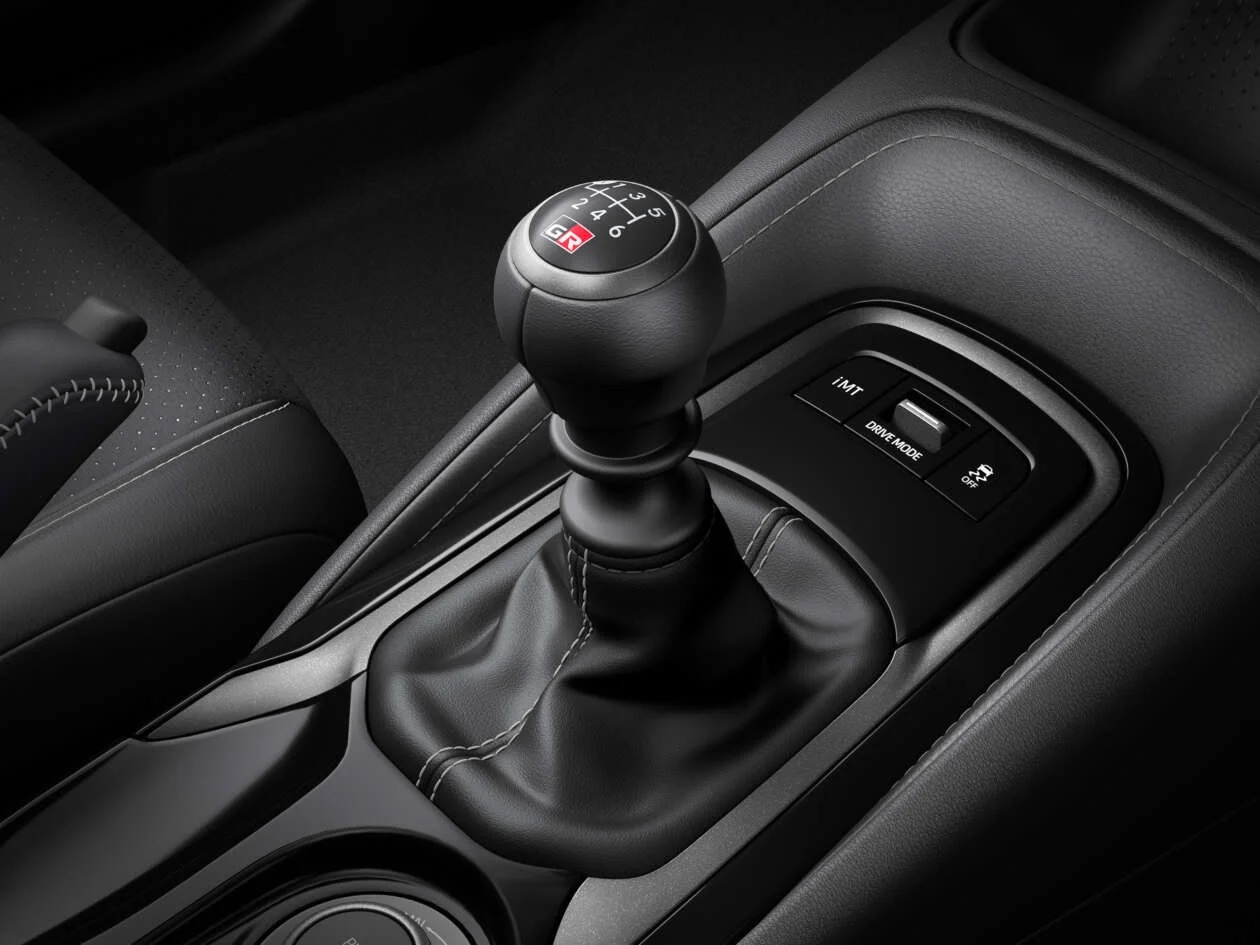In a significant collaborative effort, twelve leading companies from the automotive, electrical component, and semiconductor sectors joined hands to establish the “Advanced SoC Research for Automotive” (ASRA) on December 1st. The primary goal of ASRA is to conduct research and development for high-performance digital semiconductors, specifically System on Chip (SoC), intended for use in automobiles.
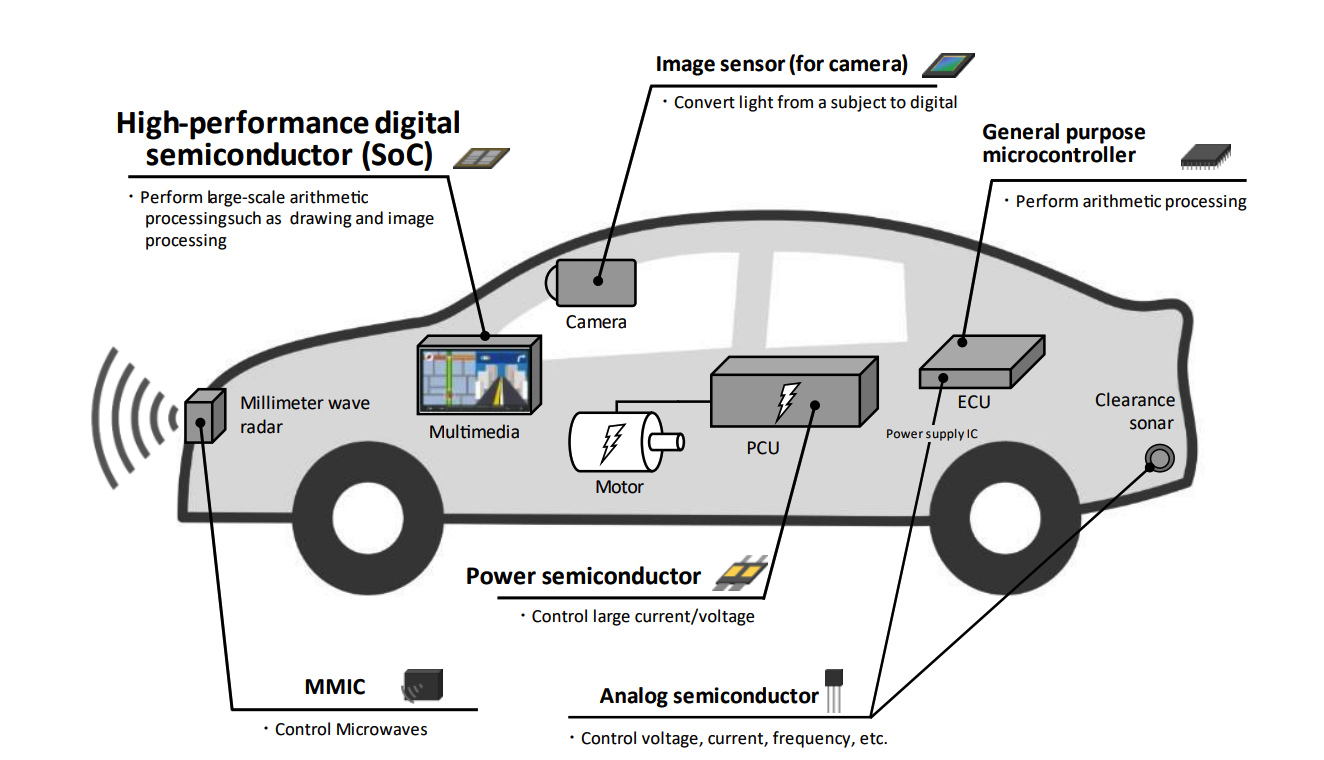
Participating Companies:
- Automotive Manufacturers: Honda Motor Co., Ltd., Mazda Motor Corporation, Nissan Motor Corporation, SUBARU Corporation, Toyota Motor Corporation
- Electrical Component Manufacturers: Denso Corporation, Panasonic Automotive Systems Co., Ltd.
- Semiconductor Companies: Cadence Design Systems, Japan, MIRISE Technologies Corporation, Renesas Electronics Corporation, Socionext Inc., Synopsys Japan
Given that modern automobiles utilise approximately 1,000 semiconductors, with varied applications, SoCs are particularly crucial for autonomous driving technology and multimedia systems. These applications demand cutting-edge semiconductor technology to achieve advanced computing power.
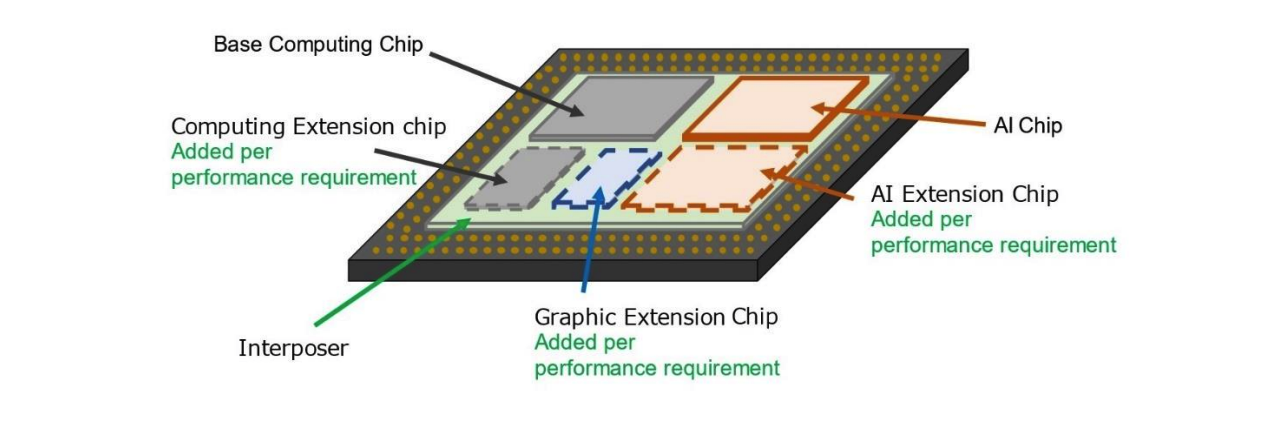 ASRA, with a focus on achieving high levels of safety and reliability required for automotive applications, will be spearheaded by automakers. The collaboration aims to leverage the combined technological and experiential knowledge of electrical components and semiconductor companies. The consortium plans to explore chiplet technology for SoCs, combining different semiconductor types.
ASRA, with a focus on achieving high levels of safety and reliability required for automotive applications, will be spearheaded by automakers. The collaboration aims to leverage the combined technological and experiential knowledge of electrical components and semiconductor companies. The consortium plans to explore chiplet technology for SoCs, combining different semiconductor types.
Advantages of Chiplet Technology Include:
- Higher performance and multifunctionality
- Higher yield chips
- Timely commercialisation of SoCs tailored to end-user (automotive companies) requirements
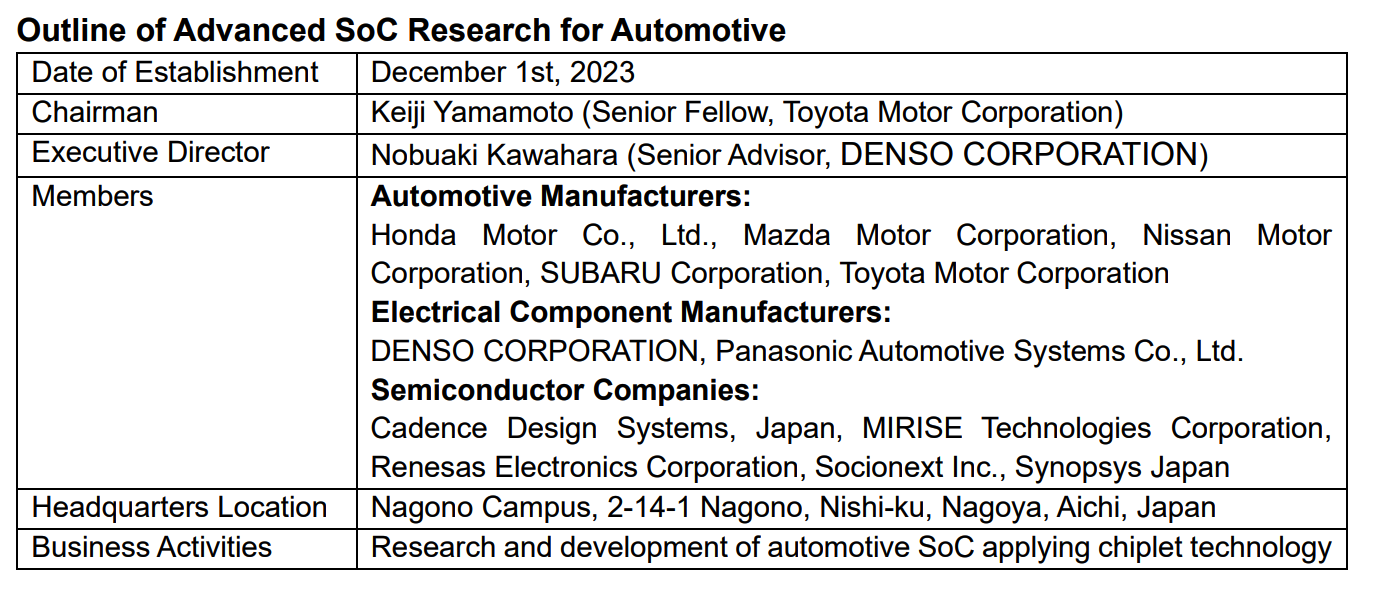
ASRA has set ambitious goals, aiming to establish in-vehicle chiplet technology by 2028 and intends to install SoCs in mass-produced vehicles from 2030 onward. By capitalising on Japan’s technological capabilities and extensive experience in automotive, electrical components, and semiconductors, ASRA plans to collaborate with industry, government, and academia to position itself as a world-leading technology research group.




